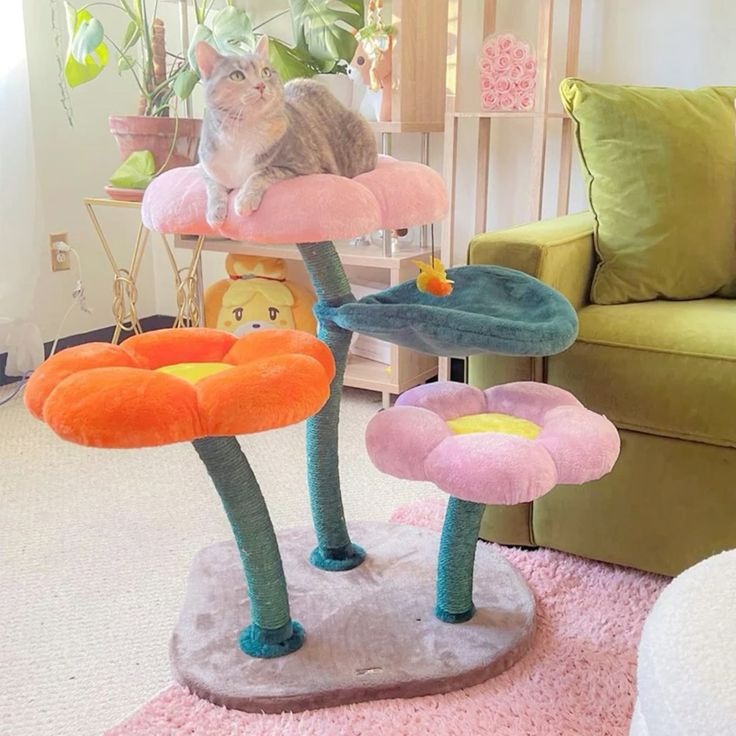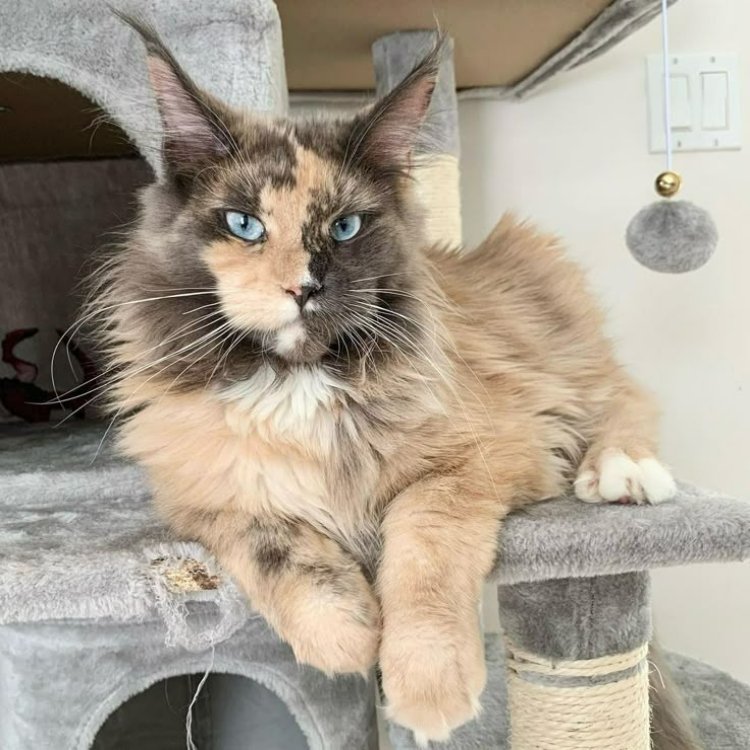Importance of Mental Stimulation for Dogs
Mental stimulation plays a critical role in a dog’s overall wellbeing. Much like humans, dogs need to engage their brain to stay happy and healthy. Mental challenges prevent boredom, reduce anxiety, and curb destructive behaviors. By using a puzzle feeder, dog owners can provide their furry friends with an enjoyable way to exercise their mind.
Dogs are intelligent creatures that thrive on problem-solving. Without mental exercise, they can become restless. This can lead to unwanted behaviors such as chewing, barking, and digging. Puzzle feeders invoke a dog’s natural foraging instincts. They challenge dogs to work for their food by solving puzzles, which can tire them out mentally.
Additionally, mental stimulation through puzzle feeders can slow down a dog’s eating pace. This helps prevent issues like bloating and improve digestion. For older dogs, mental stimulation is especially important. It keeps their minds sharp and can even slow cognitive decline.
By incorporating puzzle feeders into their daily routine, dogs can enjoy the mental workout they crave. This simple practice enriches their lives and strengthens their bond with their owners.
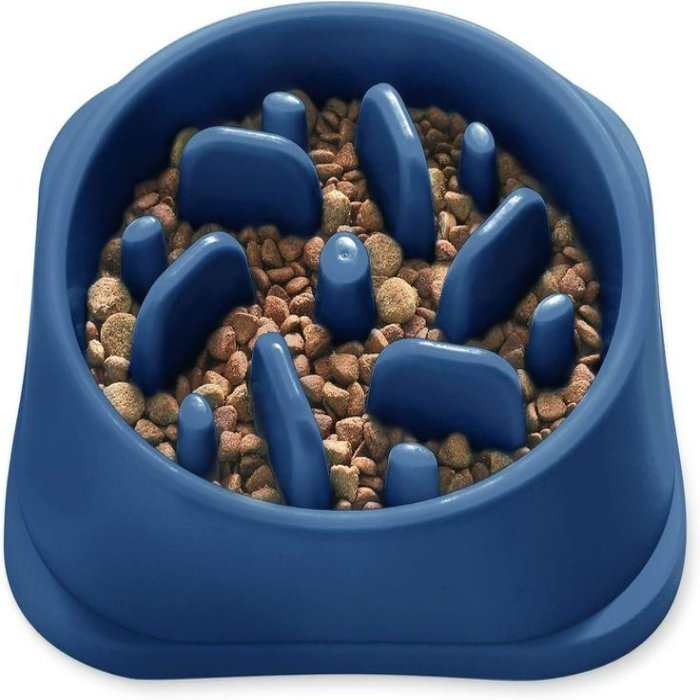
What is a Puzzle Feeder?
A puzzle feeder is a type of interactive toy designed to entertain and stimulate a dog’s mind. It combines play with mealtime, turning a routine feeding into a fun game. Dogs must figure out how to maneuver the toy to release their food or treats. This type of feeder comes in various shapes and sizes, each with different levels of complexity. The common goal: to challenge a dog’s problem-solving skills and provide mental enrichment.
Traditional bowls often lead to fast eating and lack of engagement. Unlike these, puzzle feeders require dogs to think and work for their food. This process stimulates their brain and satisfies their instinctual urges. They sniff, paw, and nuzzle their way through the game, which helps in keeping them occupied and content.
Puzzle feeder dog toys encourage slower eating habits. This is beneficial for digestion and can help prevent issues such as choking. Furthermore, the act of solving the puzzle to get to their food mimics a dog’s natural foraging behavior. This adds an element of mental stimulation that is crucial for their overall health. By engaging their senses and providing an outlet for their energy, puzzle feeders offer a wholesome experience for any dog.
Types of Puzzle Feeders Available
When it comes to mentally stimulating your canine companion, there’s a variety of puzzle feeder dog toys to choose from. Each type caters to different levels of difficulty and interacts with your dog in unique ways. Here are some of the most popular types available on the market.
Treat-Dispensing Toys
These toys release treats when your dog rolls or moves them in a certain way. Simple to use, they are great for beginners.
Sliding Puzzles
With movable parts or sliders, these feeders require your dog to use their nose or paws to find the hidden rewards.
Interactive Games
Some puzzle feeders are designed like board games with levers, buttons, or flaps. Dogs must learn to operate these mechanisms to get their treat.
Chew Toy Puzzles
Combining chewing satisfaction with mental challenge, these feeders demand your dog to chew or manipulate them to gain access to the food.
Complex Puzzle Toys
For the clever pups, complex puzzles involve a series of steps that the dog must go through. They offer a high level of challenge.
Slow Feeders
These are not puzzles per se, but they do slow down your dog’s eating and provide minor mental stimulation. They are good for fast eaters.
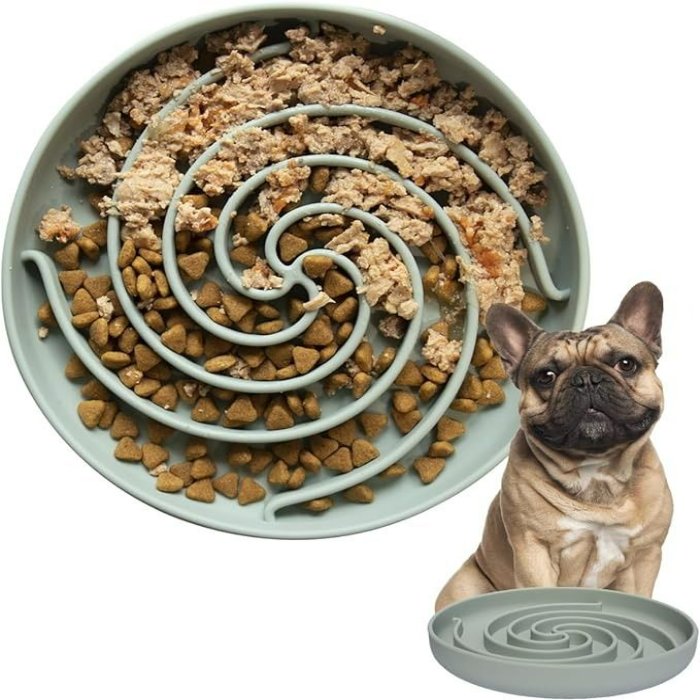
Electronic Puzzle Toys
Tech-savvy dogs might enjoy electronic puzzle feeders that require interaction for the treat to be dispensed. Often they offer adjustable difficulty levels.
When selecting a puzzle feeder dog toy, consider your dog’s experience with puzzles and their temperament. Beginners should start with simpler toys and gradually move to more complex ones as they become adept. Always supervise the initial sessions to ensure your pet is interacting with the feeder safely. Selecting the right puzzle feeder can lead to hours of fun and a healthy, stimulated mind for your dog.
Factors to Consider When Choosing a Puzzle Feeder
Choosing the right puzzle feeder for your dog involves several key factors. Here are the most important ones:
Size and Complexity
Select a puzzle feeder that matches your dog’s size and skill level. Large dogs might need sturdier and bigger feeders. Beginners should start with simpler puzzles.
Material Safety
Ensure the feeder is made from non-toxic, durable materials. It should withstand vigorous use without breaking.
Ease of Cleaning
Puzzle feeders should be easy to clean. This helps maintain hygiene and prevent the growth of bacteria.
Type of Puzzle
Consider different types of puzzles based on your dog’s interests. Some dogs prefer treat-dispensing toys, while others enjoy more complex challenges.
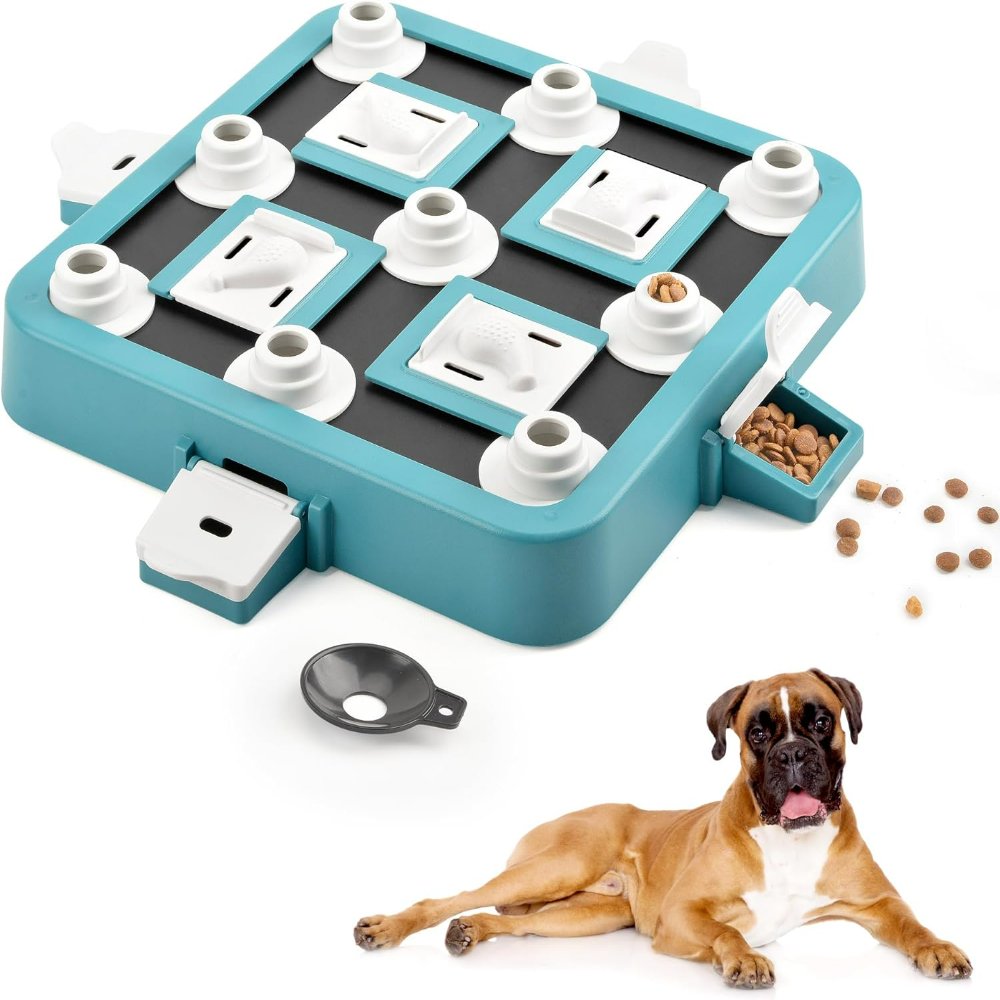
Your Dog’s Eating Habits
If your dog eats quickly, a slow feeder might be beneficial. It can help improve digestion and reduce bloating.
Adjustability and Versatility
Look for feeders with adjustable difficulty levels. This can keep your dog engaged as they become more proficient at solving puzzles.
Selecting the appropriate puzzle feeder involves understanding your dog’s needs and preferences. Always choose a product that is safe and enjoyable for your pet.
Benefits of Using a Puzzle Feeder for Your Dog
Using a puzzle feeder has numerous benefits for your dog. Here are key advantages:
- Enhances Mental Health: Puzzle feeders stimulate your dog’s brain. This activity prevents boredom and helps maintain mental sharpness.
- Reduces Behavioral Issues: Engaging in puzzle-solving can decrease unwanted behaviors. These include excessive barking and chewing due to boredom or anxiety.
- Increases Physical Activity: Dogs move around as they solve these puzzles. This physical activity is good for their health.
- Improves Digestion: Slow feeding through these puzzle feeders aids in better digestion. It reduces risks like bloating or indigestion.
- Strengthens Owner-Pet Bond: Your involvement in setting up and encouraging use of the puzzle feeder strengthens your bond.
- Provides Entertainment: Dogs enjoy the challenge and feel a sense of accomplishment when they solve the puzzle. This keeps them entertained.
These benefits highlight why incorporating a puzzle feeder into your dog’s routine is valuable.
How to Introduce Your Dog to a Puzzle Feeder
Introducing a puzzle feeder dog toy to your pet may seem daunting, but it can be a smooth process with the right approach. Let’s go step-by-step on how to make this transition enjoyable for both you and your furry friend.
- Start with Simple Toys: Choose a beginner-friendly puzzle feeder. Begin with toys that are easy to solve to build your dog’s confidence.
- Use High-Value Treats: To grab your dog’s interest, fill the feeder with treats they love. This encourages them to engage with the puzzle.
- Stay Calm and Patient: Keep the initial training sessions short and positive. Show patience as your dog learns how to interact with the new toy.
- Demonstrate How It Works: Dogs learn by watching. Use your hands to show how the feeder releases treats. Soon, they’ll mimic your actions.
- Gradually Increase Difficulty: As your dog gets better, introduce more challenging puzzles. Ensure to pace the difficulty to keep them motivated, not frustrated.
- Praise Success: When your dog solves the puzzle, praise them. This reinforces their problem-solving behavior and they’ll enjoy the mental exercise more.
- Monitor Playtime: Always watch your dog as they use the puzzle feeder. Make sure they aren’t chewing on parts that could break off.
- Ensure Safety: Check the toy for damages after each use. Replace it if you spot any potential hazards.
Introducing a puzzle feeder dog toy the right way adds enrichment to your pet’s day and helps them reap the mental benefits these toys offer. With preparation and supervision, this can be a rewarding experience that enhances your dog’s quality of life.
Cleaning and Maintenance of Puzzle Feeders
Proper cleaning and maintenance of puzzle feeders are vital to your dog’s health and safety. These feeders can harbor bacteria if not cleaned regularly, leading to possible health issues. Here’s how to keep them tidy and safe for your pet’s use:
- Read Manufacturer’s Instructions: Always start by consulting the cleaning guidelines provided by the manufacturer of the puzzle feeder.
- Use Pet-Safe Detergents: Select detergents that are non-toxic and safe for pets. Harsh chemicals can harm your dog.
- Disassemble Before Cleaning: If the feeder has multiple parts, disassemble it. This makes cleaning each piece easier.
- Rinse Thoroughly: After washing, rinse each part with water. Ensure no soap residue is left behind.
- Dry Completely: Allow all components to air-dry fully before reassembling. Moisture can encourage mold growth.
- Check for Damage: Inspect the feeder for any signs of wear or tear. Damaged toys can be a choking hazard.
- Replace When Necessary: Don’t wait for a piece to completely fall apart. Replace the feeder if it shows significant wear.
By maintaining cleanliness and integrity of puzzle feeders dog owners can provide a safe and enjoyable way for their canine friends to engage in mental challenges. Remember to clean these feeders regularly to prevent dirt buildup and keep your dog healthy.
Top Recommended Puzzle Feeders for Different Dog Breeds
Choosing the perfect puzzle feeder dog toy can depend on your dog’s breed, size, and temperament. Smaller breeds often need less complex and smaller toys, while larger breeds might benefit from sturdier, more challenging options. Here are some top recommended puzzle feeders suited for different dog breeds:
- For Small Breeds: Opt for lightweight treat-dispensing toys. These can keep them busy without the risk of injury.
- For Medium Breeds: Sliding puzzles offer a good balance. They provide mental stimulation without being too physically demanding.
- For Large Breeds: Durable chew toy puzzles or complex puzzle toys. They withstand heavy use and offer enough challenge to keep your dog engaged.
- For Intelligent and High-Energy Breeds: Electronic puzzle toys with adjustable difficulty levels are a great choice. They can match the learning pace and keep up with the energy level of breeds like Border Collies or Australian Shepherds.
- For Older Dogs: Simple treat-dispensing toys or slow feeders. These can stimulate their mind without too much physical effort.
Remember to consider your dog’s individual needs and preferences when selecting a puzzle feeder. Ensuring their safety and entertainment are keys to a happy and healthy pet life.
